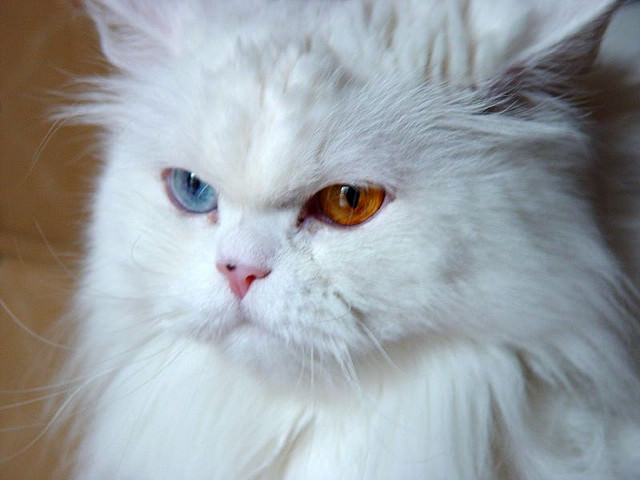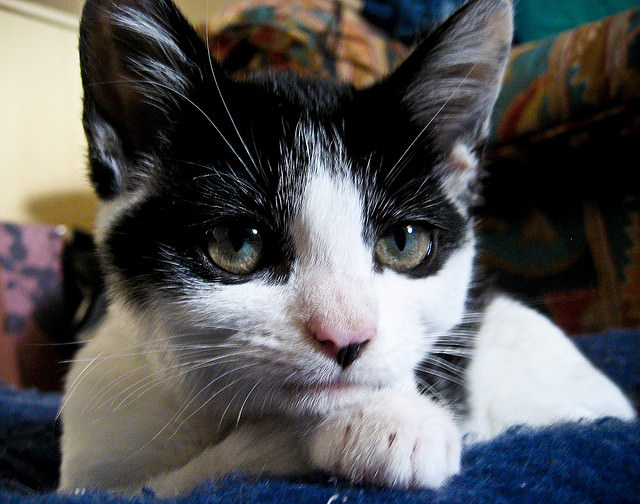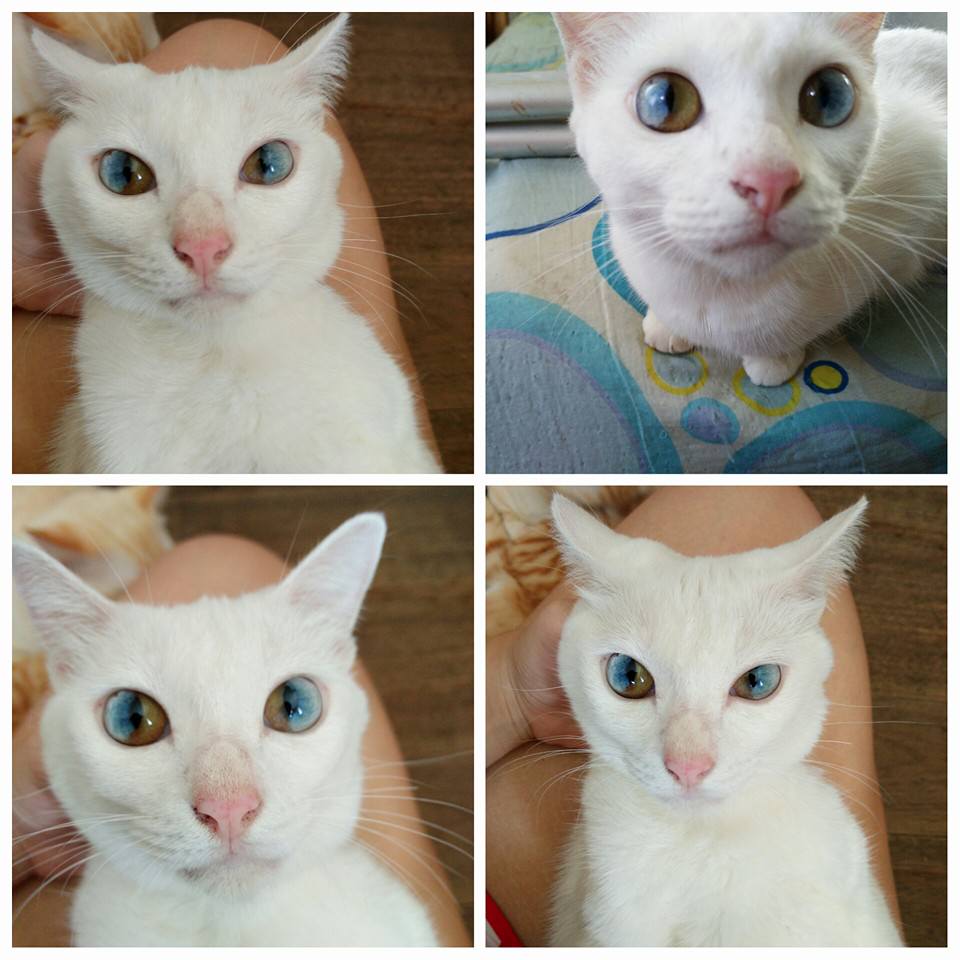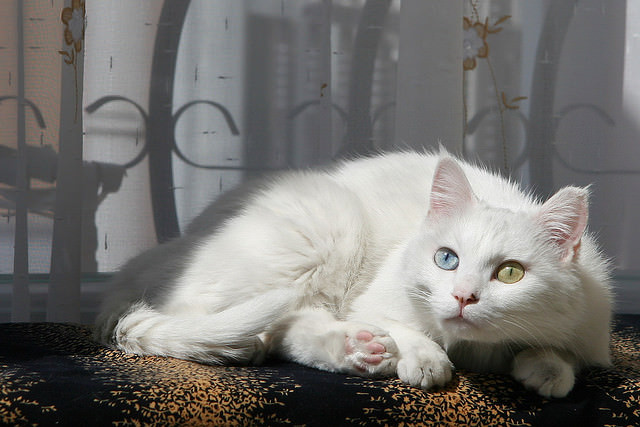It’s nearly impossible not to be captivated by a feline with mismatched eye colors, and even more rare to come across one with a blend of colors in one eye. These unique cats have a condition called heterochromia, but don’t worry, it’s not a medical problem. Cats with heterochromia are perfectly healthy and don’t suffer from any negative effects, including vision impairment.

Fun fact: Heterochromia isn’t just limited to cats, humans can have it too! Some well-known people with this condition include Dan Aykroyd and Kate Bosworth. Interestingly, David Bowie was often thought to have heterochromia, but it was actually caused by an injury that made one of his pupils larger, giving the appearance of two different colored eyes. There are two types of heterochromia: complete, where the eyes are two different colors, and sectoral, where a single eye has two different colors in the iris.

The terms “complete heterochromia” and “sectoral heterochromia” may sound like complex jargon, but they simply refer to the condition of heterochromia iridis, which means “different colored irises” in Greek. Interestingly, this trait is not uncommon in cats and is determined by genetics, which governs pigmentation. While all kittens are born with blue eyes, their true eye color only becomes visible when melanin, a pigment, moves into the iris between 7-12 weeks. Eye color is determined by the amount of melanin present in the iris, and a lack of melanin leads to blue eyes.

One interesting condition that some cats have is called heterochromia, which means they have different colored eyes. This can be caused by genes that also result in cats that are all-white or have two colors. Certain breeds of cats, like the Japanese Bobtail, Turkish Angora, and Turkish Van, are more likely to have this condition due to their genetics. Still, any cat could potentially have heterochromia if they have the right genetic makeup.

As a kitty develops into a full-grown cat, it’s not uncommon for one of their peepers to remain blue because of their genetic makeup. This fun little quirk is known as complete heterochromia. Another cool variation is sectoral heterochromia, where there are different levels of melanin in one iris, creating an eye with multiple colors. It’s pretty amazing, don’t you think?

While it may be intriguing to witness your kitty’s multi-hued peepers, it’s imperative to schedule a vet appointment if you spot any changes in eye color as they mature. Generally, a kitten’s eye shade settles within the initial three months of their existence. Any hue modifications beyond that timeframe might point to underlying problems like inflammation, iron buildup, or bleeding in your beloved feline’s eyes.




